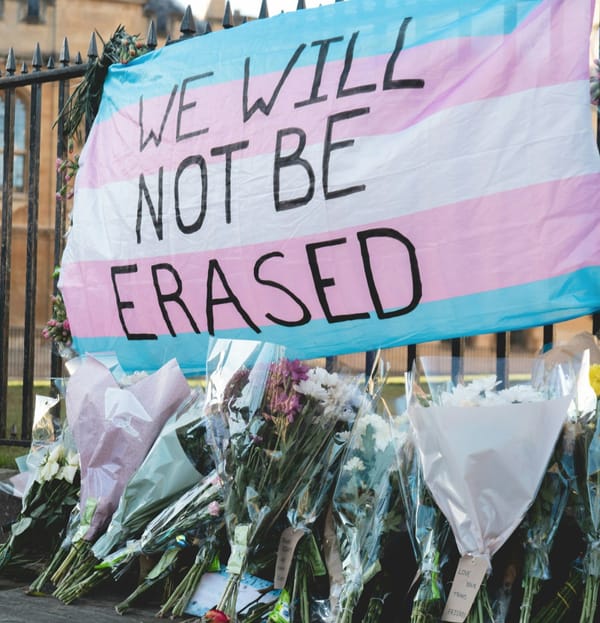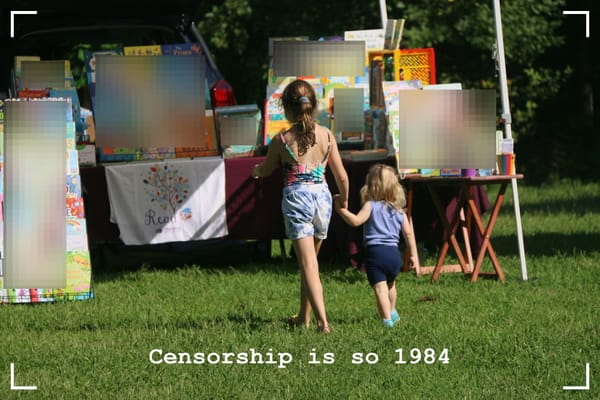Intersex Awareness Highlights the Need for Bodily Sovereignty
The "I" in LGBTQIA+ stands for intersex & we stand in solidarity with our intersex siblings
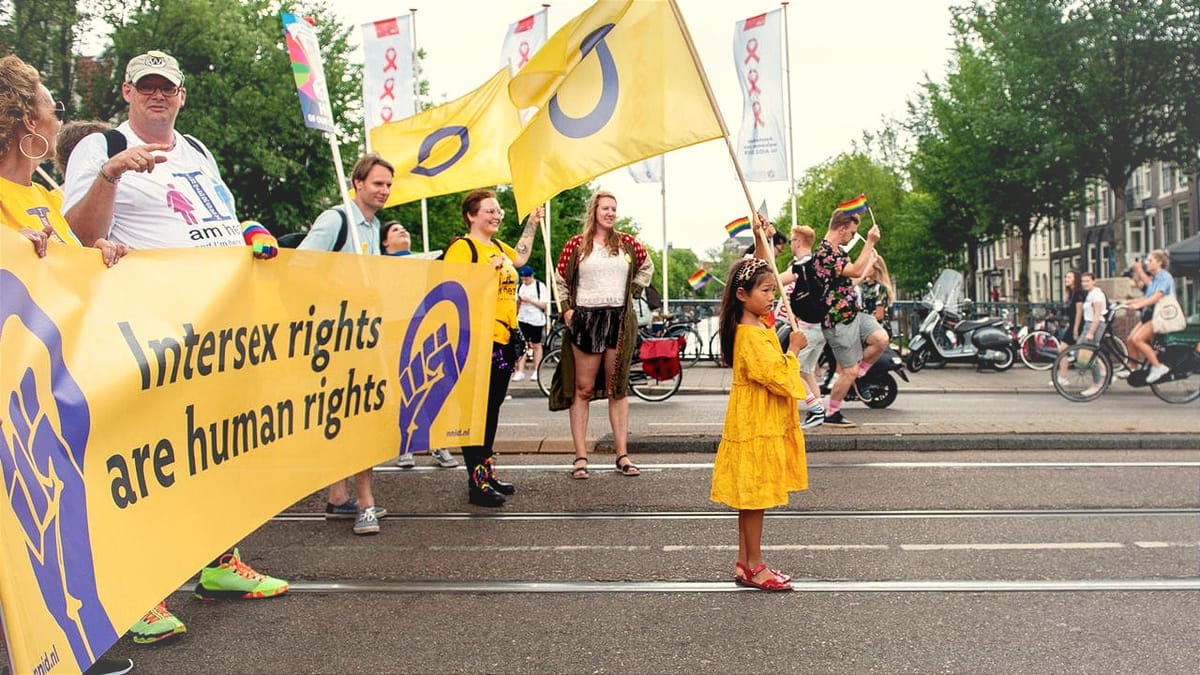
October 26th was Intersex Awareness Day, observed annually on the anniversary of the first organized demonstration of intersex folks and their allies in Boston, MA at the annual conference of the American Academy of Pediatrics in 1996. They publicly denounced non-consensual genital surgeries on intersex infants & demanded respect and bodily autonomy from the medical community for intersex folks. Through the work of outspoken intersex individuals, protestors, and activists, we've made some headway into the fight for the rights & dignity of all intersex persons—but there's still plenty of work to be done.
Intersex is the term for humans born with variations in sex characteristics, which can include chromosomes, hormones, or reproductive anatomy. Sometimes intersex folks may have ambiguous genitalia, while other times they may phenotypically present as a binary sex (male or female) while having wildly different chromosome variations compared to an endosex person (that is, a person whose innate sex characteristics fit medical and societal definitions of typical male or female bodies).
If this is the first time you've heard of the term intersex, that's an unfortunate testament to the lack of education on natural sex variance found in the public education system. It's not actually that rare of a variation! In fact, folks born intersex are more common than identical twins, and occur at about the same rate as people born with red hair—approximately 2% of the global population. In the US, about 1 in every 100 Americans born are intersex.
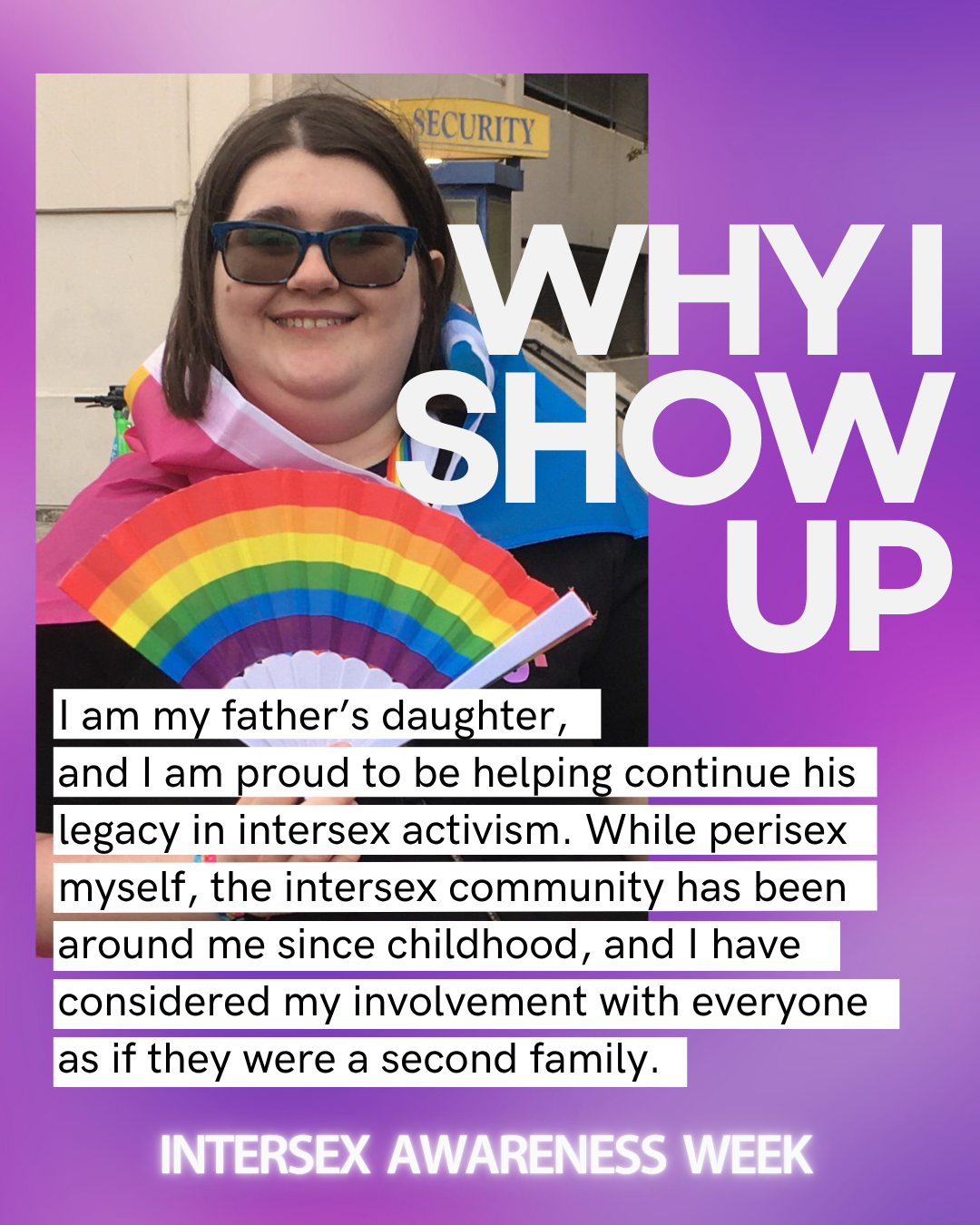
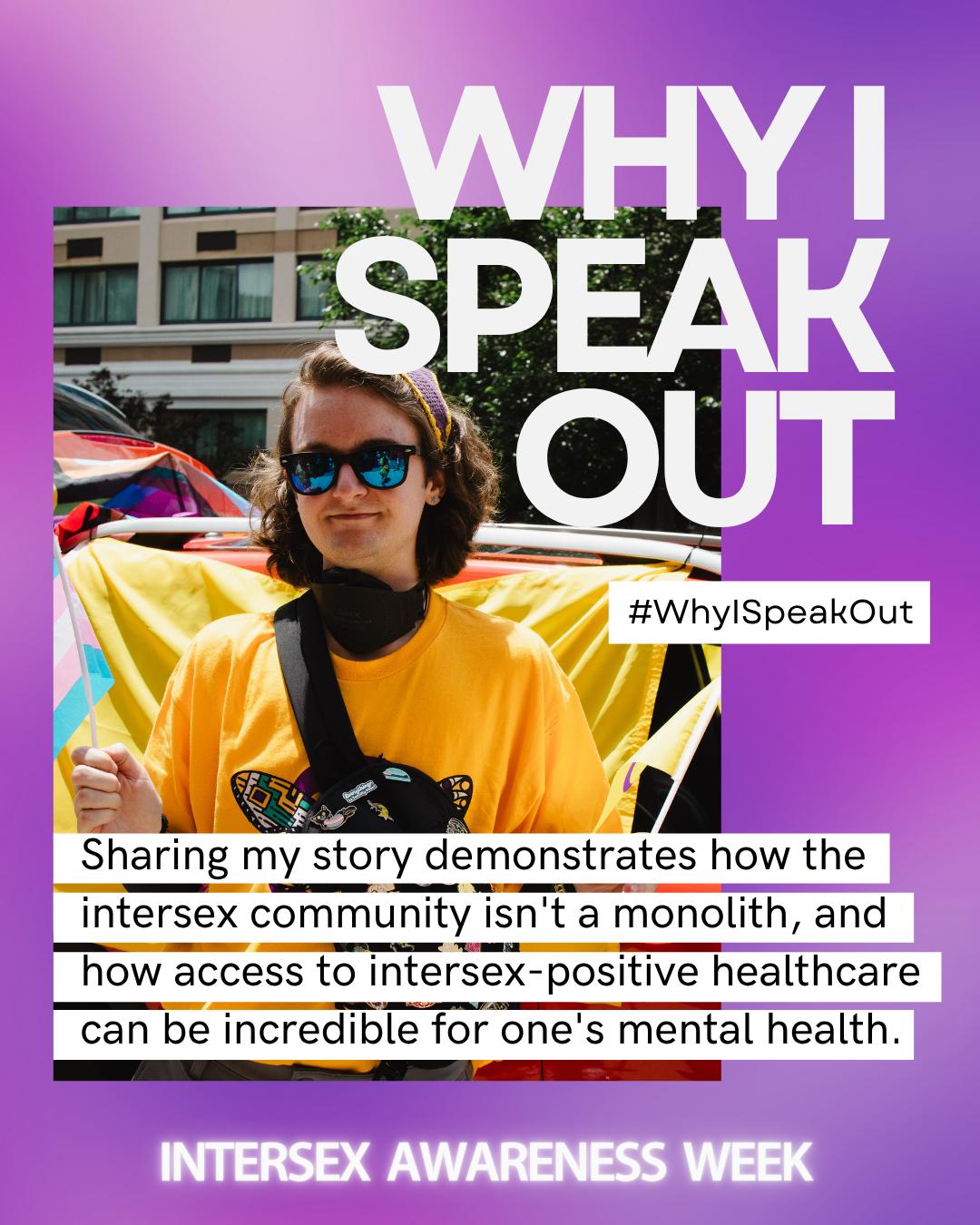
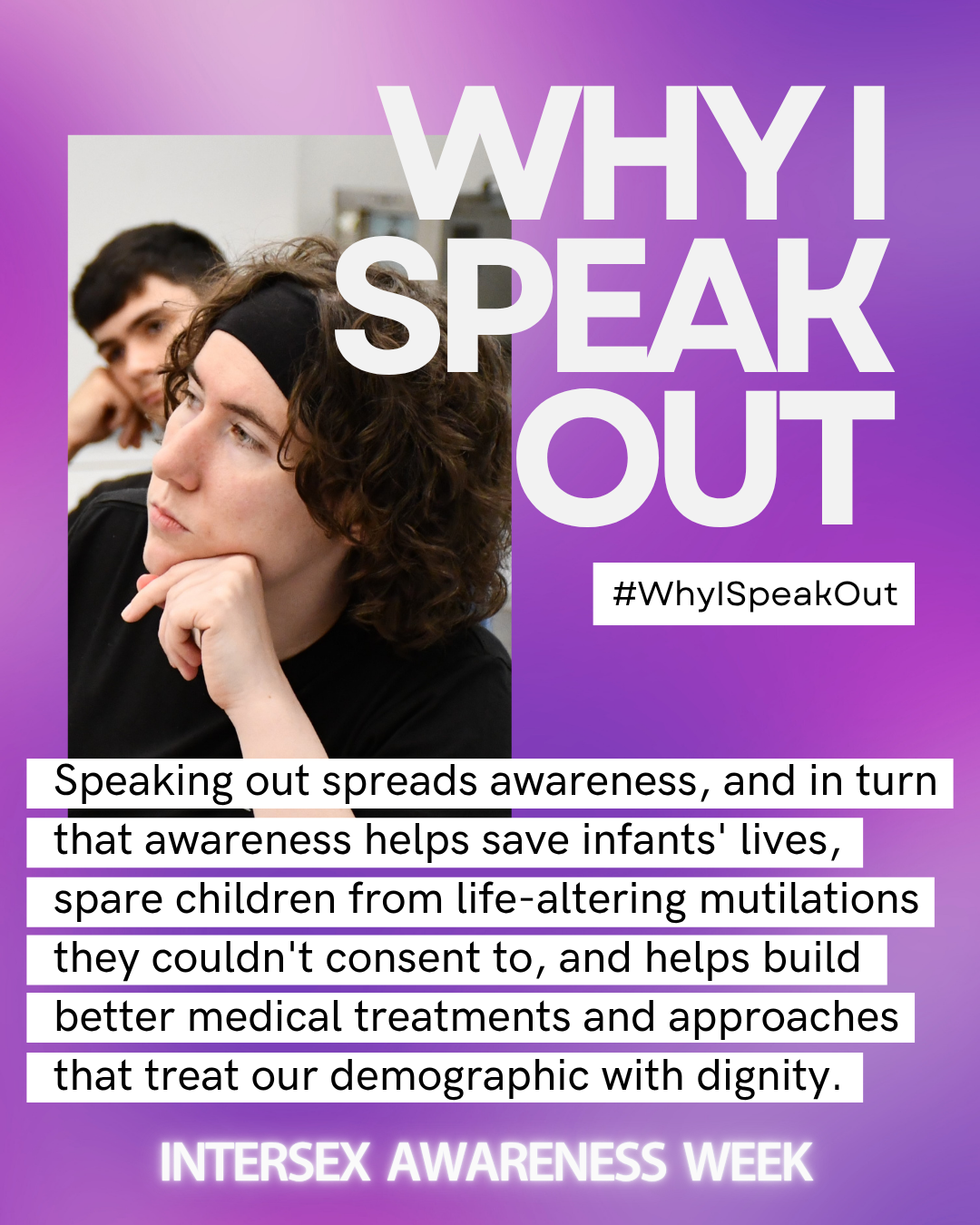
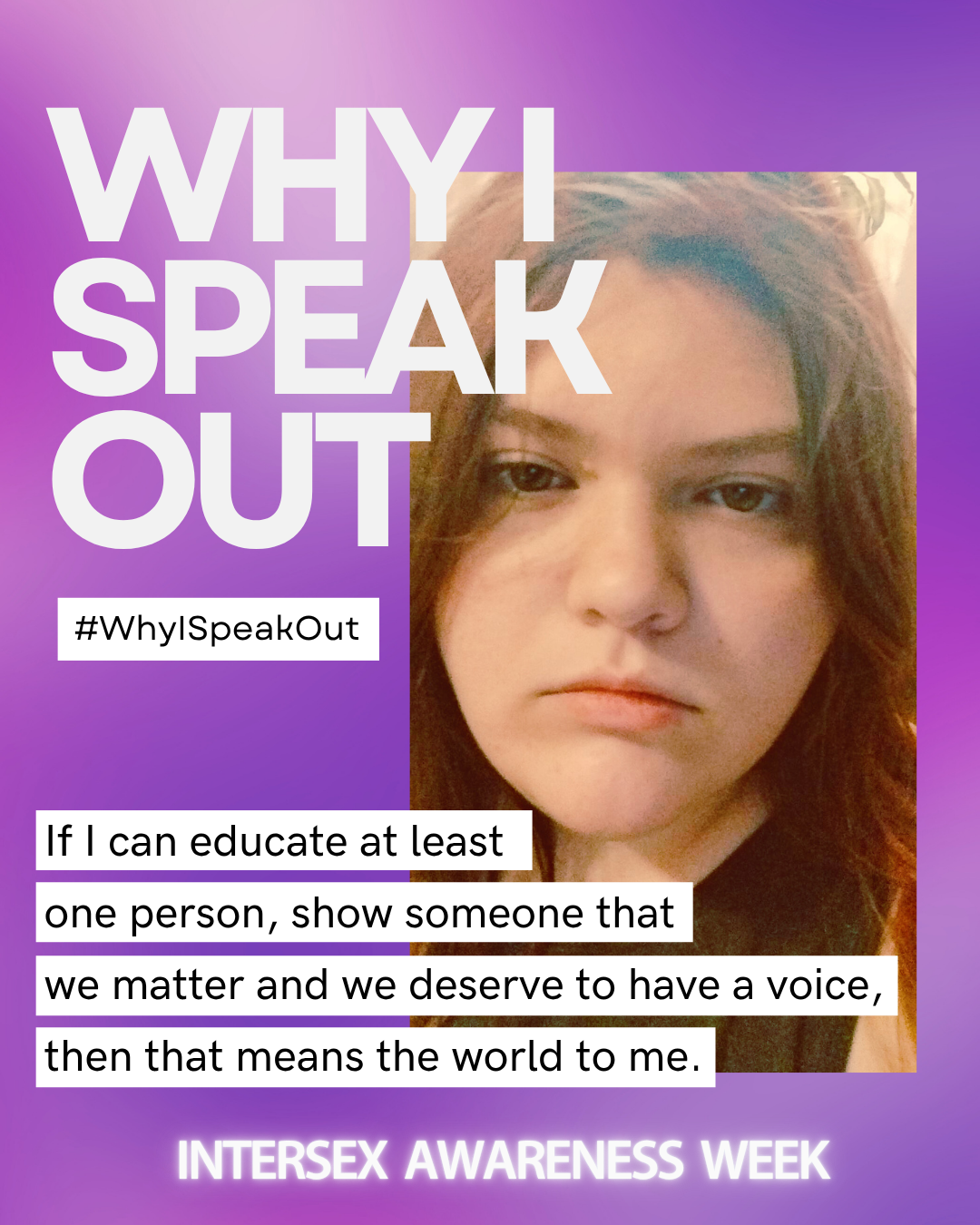

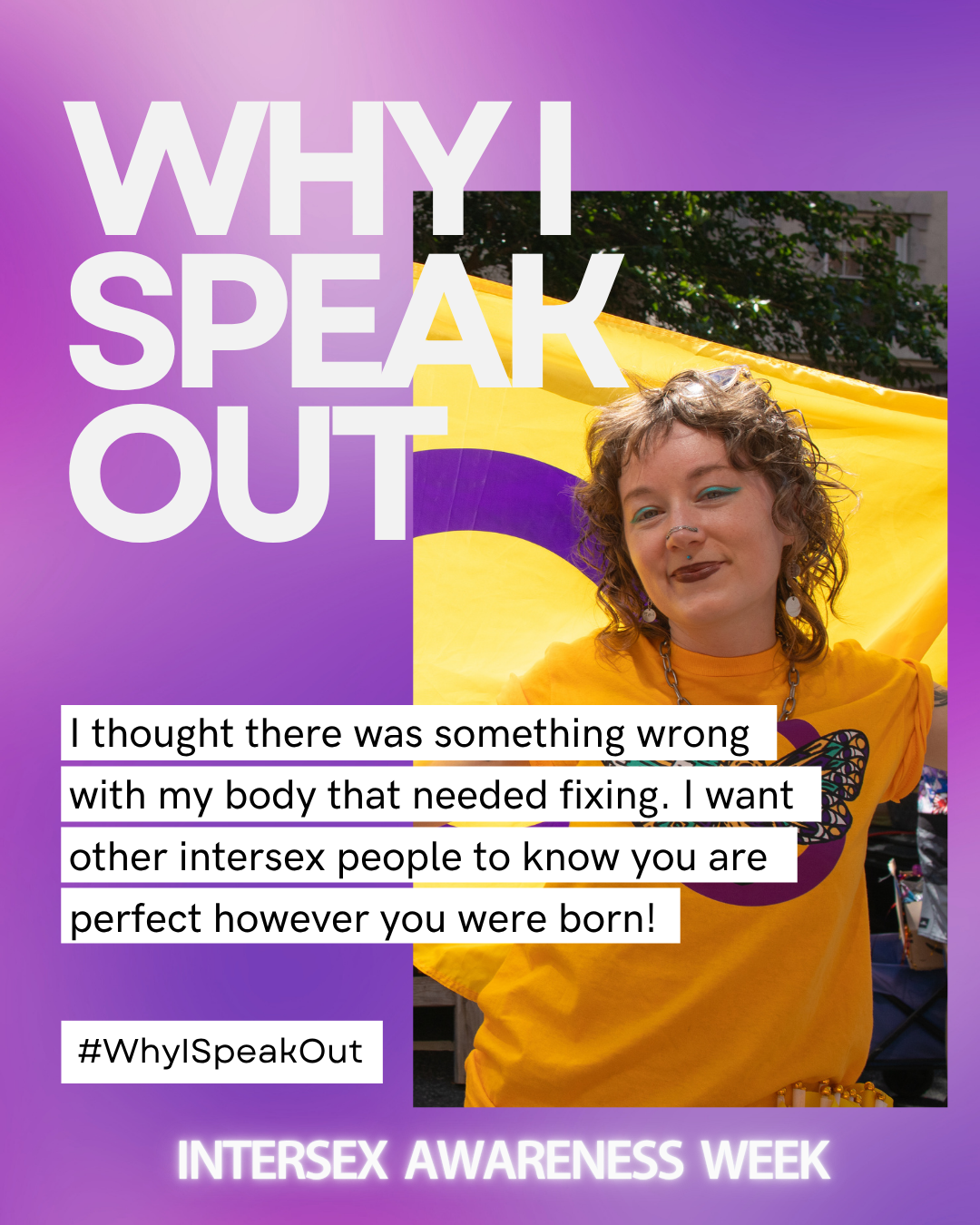
Despite how common being intersex is, the medical community has historically* treated intersex individuals as aberrations in need of correction. Infants were forced to undergo unnecessary surgeries to make their genitalia conform to accepted binary standards of what "male" and "female" should be. These surgeries were done despite no medically necessary reason for such a procedure. Intersex children were then raised to conform to a particular gender role, usually dictated by whatever dominant phenotypical genital presentation was chosen in infancy by a doctor and/or their parents.
These surgeries and choices amounted to the creation of deep shame and stigma. Families frequently lied to their intersex children, forcing them into a binary box to fit in with cisgender, heteronormative standards of society. (Or families were lied to by the very doctors they trusted.) At times, some intersex folks don't even discover they're intersex until puberty or adulthood when various medical tests may reveal a chromosomal variation or unexpected configuration of internal reproductive organs.
These unnecessary surgeries have a steep cost. Many intersex folks who were operated on—often before they even had the ability to talk—face a number of lifelong issues, including incontinence, genital scarring, loss of sensation, irreparably severed nerves, and psychological trauma. Some may have been involuntarily sterilized in the frenzied focus to fit an intersex body into a narrow, binary society that treats endosex people as "normal" and all else as "abnormal".
A rallying cry of intersex activists and allies that can be heard today: "If it can pee, let it be." If a newborn is able to successfully eliminate waste, there is no medically necessary reason for performing surgery on the child's genitals. A person born intersex does not have a disorder, a deformity, or a disease. Sex is a spectrum, and that includes the sexes of the human race.
Our simplified notions of binary sex & gender is a societal fabrication at odds with the reality of Nature. Variance in sex characteristics is natural. Mutilating intersex youth to conform to certain expectations of society is deeply unnatural.
Bodily autonomy & bodily sovereignty are about the rights of every individual to control their own body. Everyone benefits when the rights of more vulnerable bodies are protected, whether that be the bodies of intersex folks, disabled people, women, or transgender individuals.

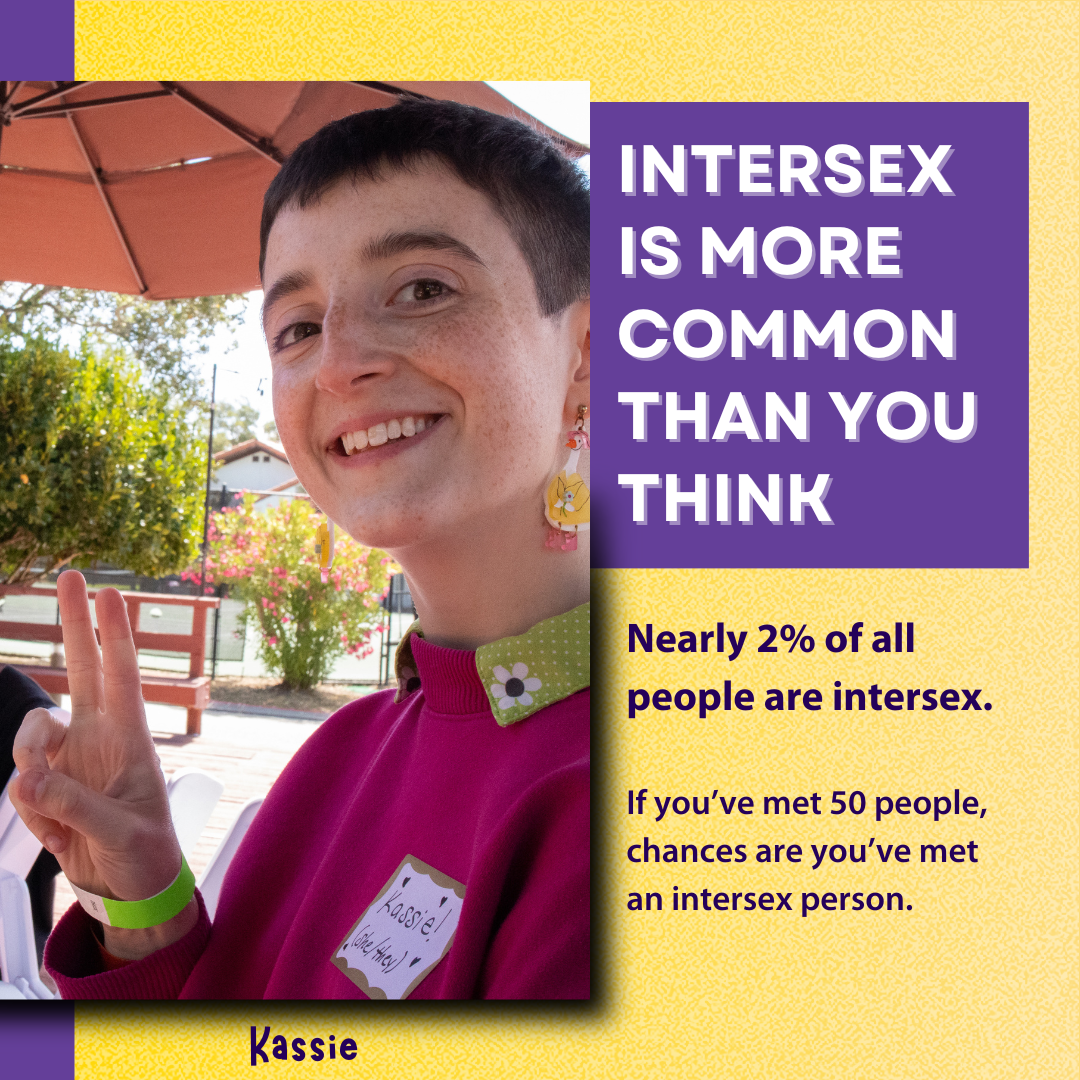
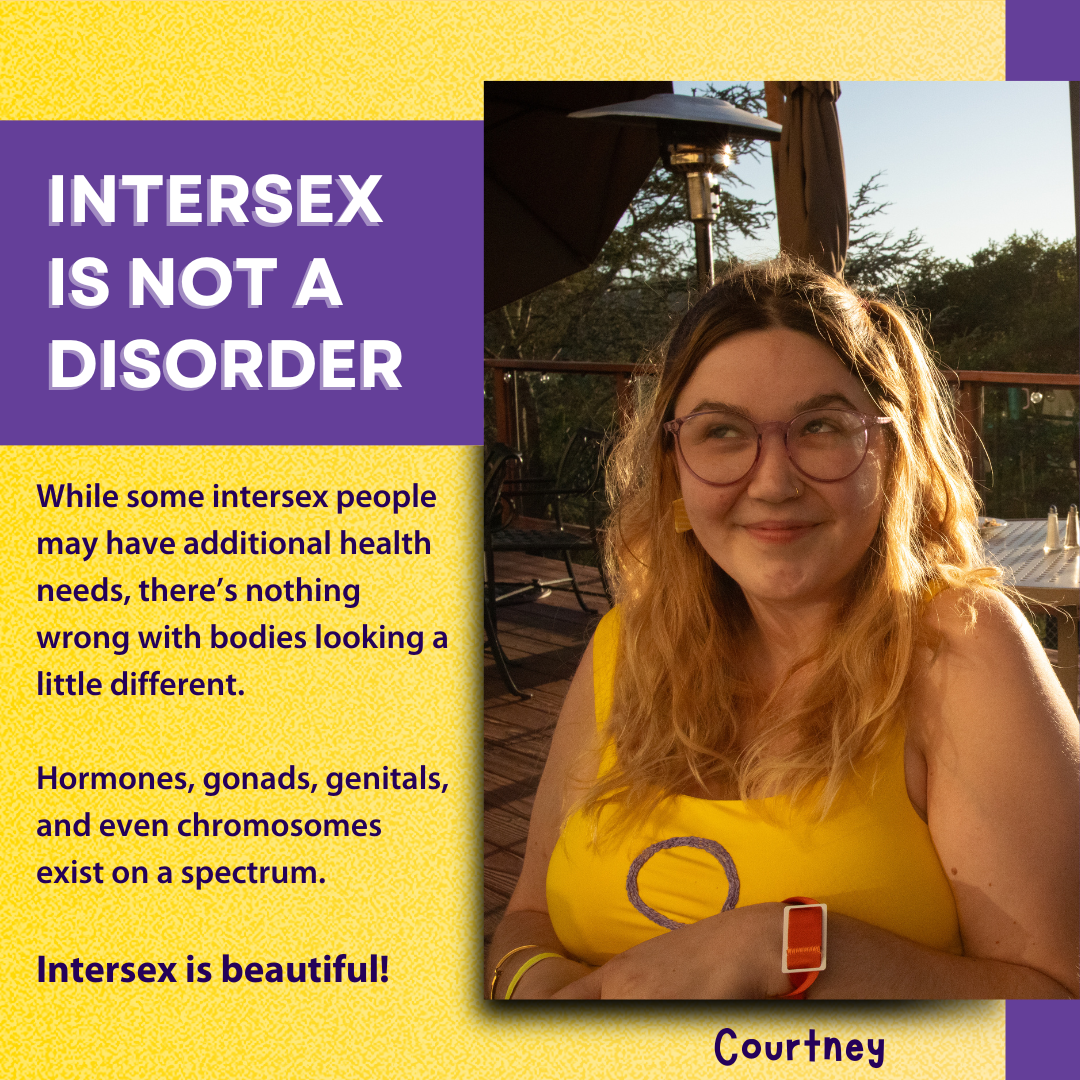

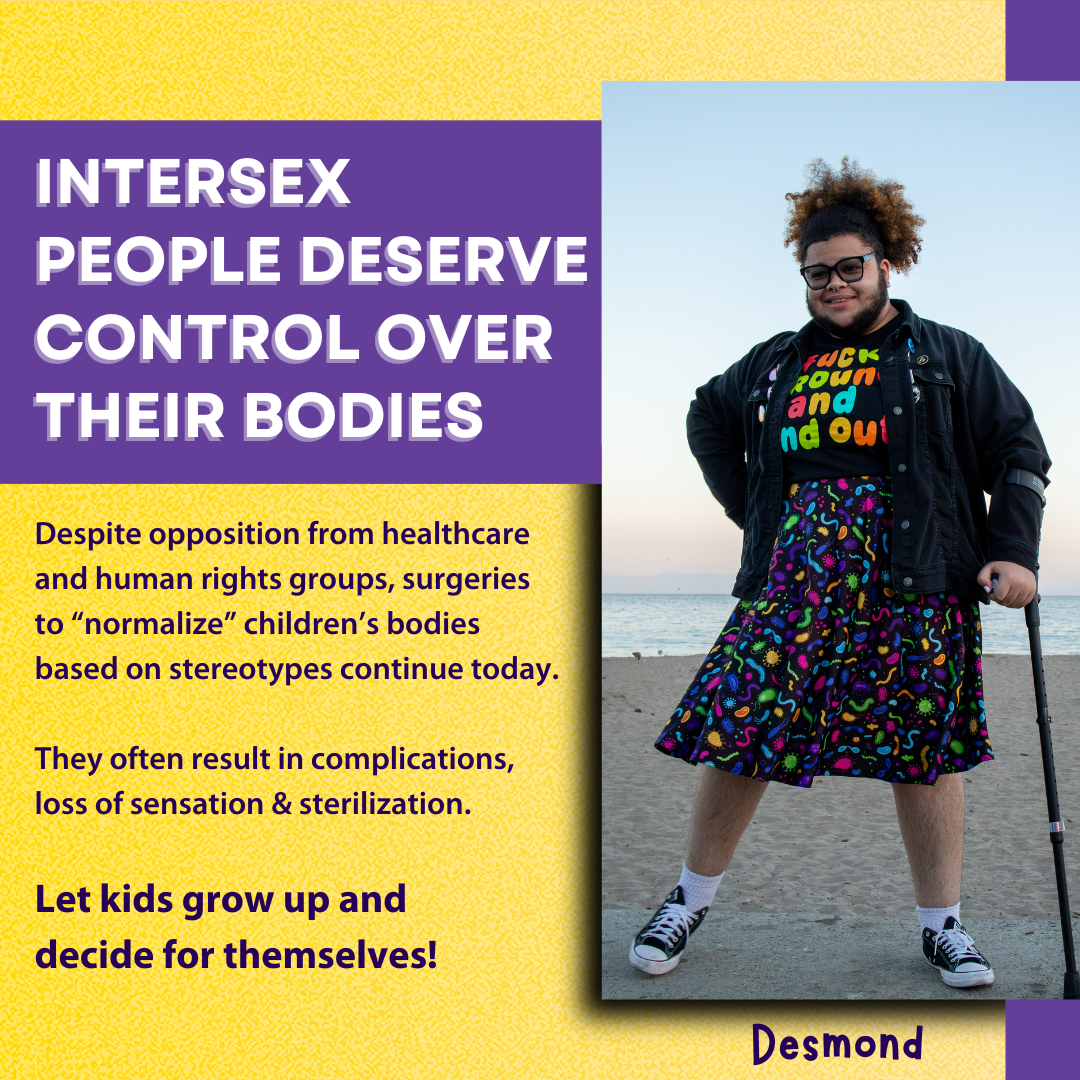

Intersex folks can be of any gender or sexual orientation. There are intersex men, intersex women, intersex non-binary folks, intersex trans women, intersex trans men; and any such intersex person can be gay, straight, queer, ace, etc. Their identities are just as diverse as the endosex population, though their experiences are all unified by the shared struggles of intersex folks against society's binary expectations of sex. Because some intersex individuals are forcibly raised in a particular binary gender role to better "fit" with whatever genital configuration or reproductive organs are most prominent (despite whatever intersex variance was/is present), there is a higher rate of transgender folks within the intersex community.
Tuck of the Gender Reveal podcast speaks with trans, queer, and intersex activist Mari Wrobi (they/them) for the show's 70th episode. Topics include:
—Being the only trans person at your middle school.
—Why “people with vaginas” might not be as inclusive as you think.
—What does a “typical intersex puberty” look like?
—What does transitioning look like for intersex folks?
—Also: OK, but what does femme mean?
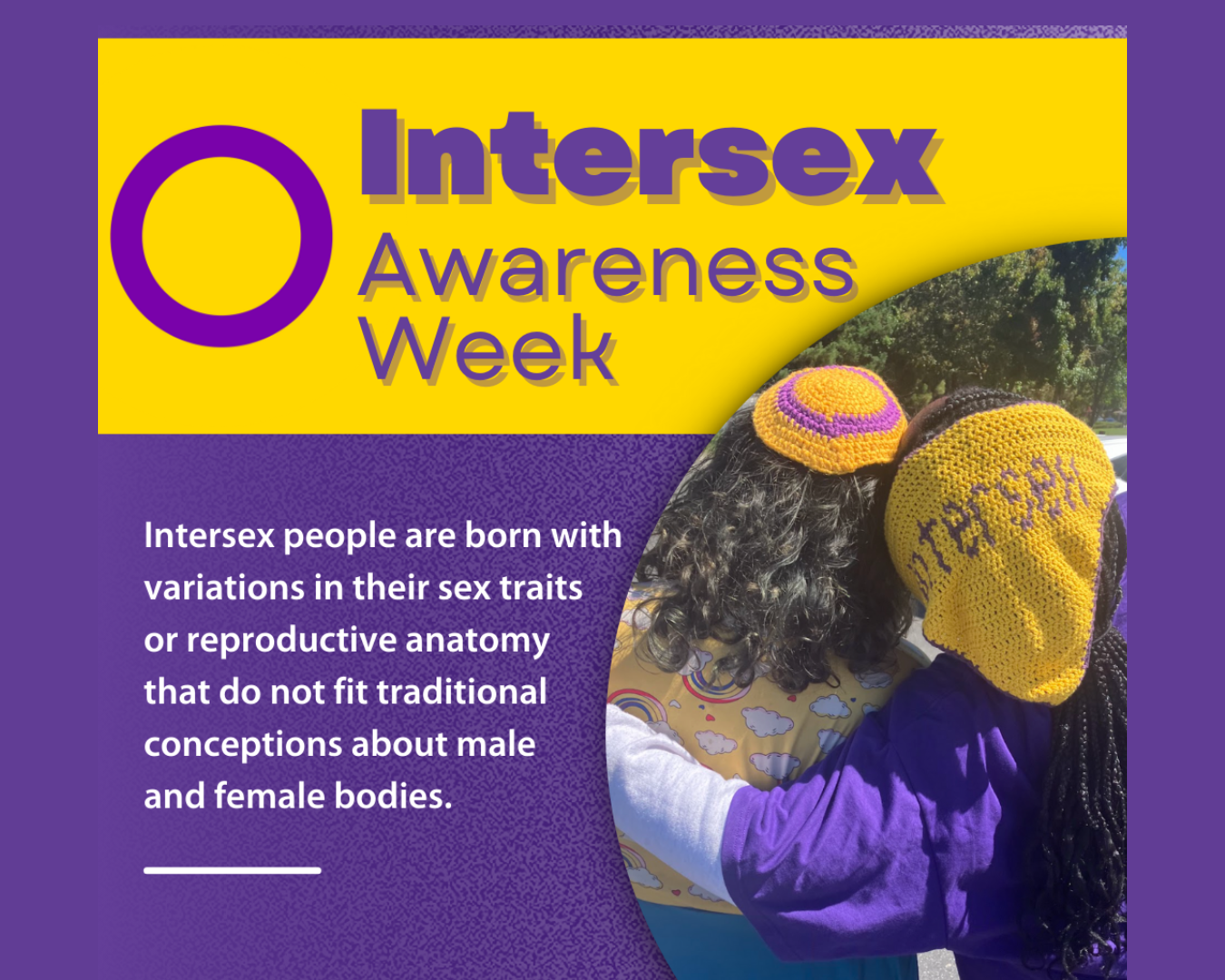
If you are intersex, know that there is absolutely nothing wrong with you and your body! You are a beautiful human being part of the grand tapestry of Nature's diversity on this little blue planet of ours. You deserve respect & dignity in equal measure to cisgender and endosex individuals.
The Intersex Pride flag was designed with wholeness in mind by Morgan Carpenter, a bioethicist, intersex activist, & researcher from Australia. The colors yellow and purple are intentionally gender neutral, avoiding the pinks and blues associated with traditional aspects of masculinity and femininity. The central circle represents the fact that intersex people are whole and perfect as they are—not something broken to be fixed.
"The circle is unbroken and unornamented, symbolising wholeness and completeness, and our potentialities. We are still fighting for bodily autonomy and genital integrity, and this symbolises the right to be who and how we want to be."
—Morgan Carpenter, Founder of Intersex Human Rights Australia
We must do better at educating ourselves, our children, and our communities about the natural variances in human bodies & human experiences. Remember: intersex individuals are as common as redheads, and even more common than identical twins! They deserve to be seen and respected for who they are while having full control over their bodies, just as all human beings deserve to have bodily autonomy.
To learn more, checkout the advocacy group interACT for a variety of resources, including a self-advocacy toolkit for intersex people to utilize when interfacing with medical staff (PDF linked below as well):






